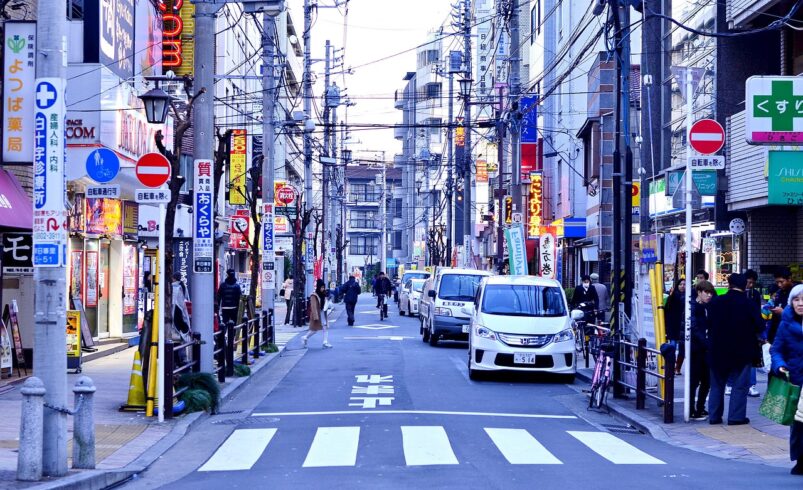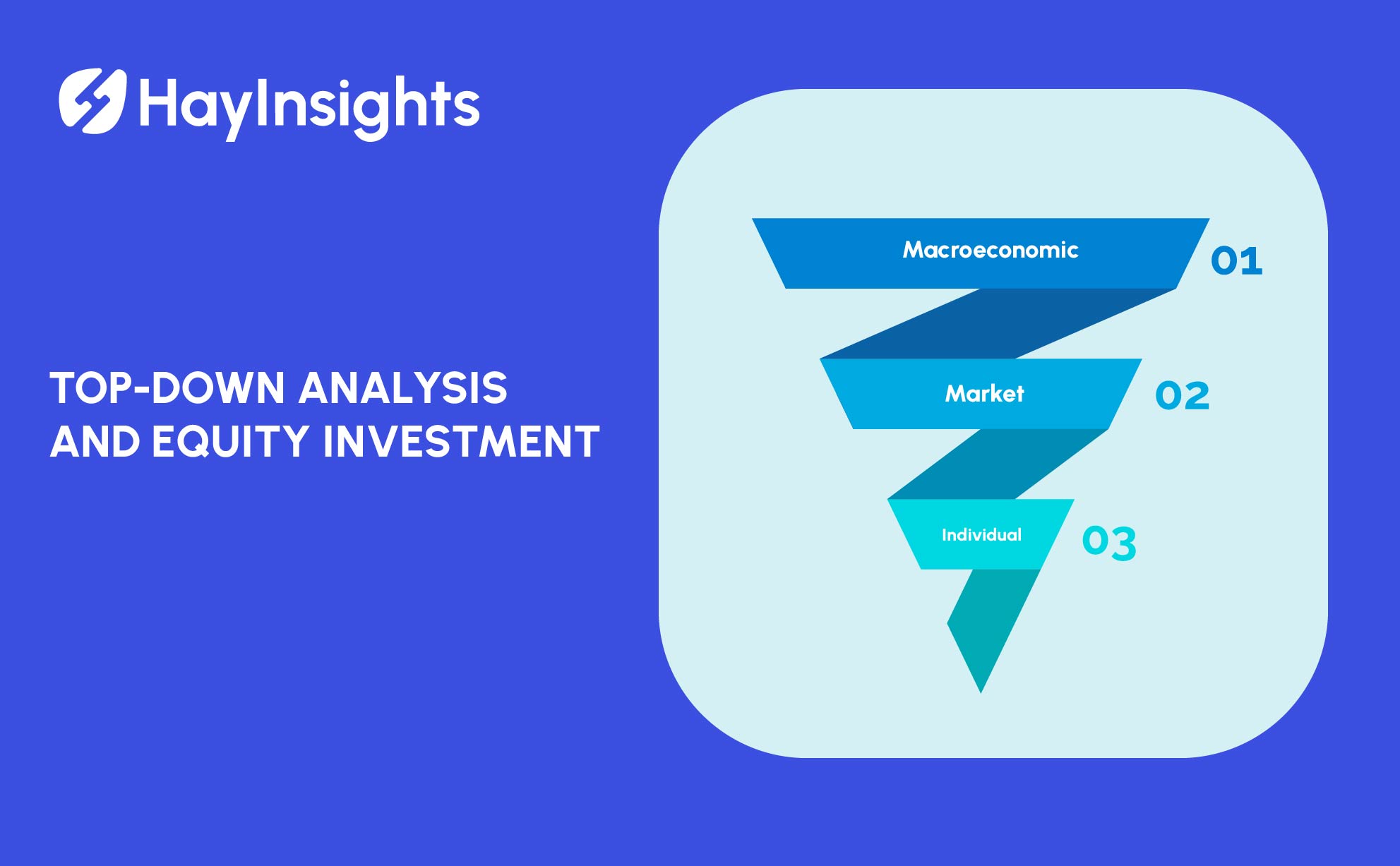
日本の数十年に及ぶデフレとの戦いを検証する:2025年は時代の終わりか?
一世代以上にわたり、日本経済は根強く、かつ陰湿な経済問題、デフレと同義語となってきました。物価が継続的に下落するこの現象は、長い影を落とし、「失われた20年」として知られる経済停滞期へと繋がりました。2025年半ばの今日、その様相はついに変わりつつあります。インフレ率が中央銀行の目標を上回り、賃金も上昇し始めている中、日本は重大な岐路に立っています。日本は長い経済の冬から脱却しつつあるように見えますが、石破茂首相率いる政府は慎重ながらも楽観的な姿勢を崩しておらず、公式に最終的な勝利を宣言するに至っていません。本稿では、日本におけるデフレ経済の停滞の原因、その影響、そして長引くデフレとの闘いを深く掘り下げ、近年のデフレ終焉の兆候と、政府の計算された逡巡の背後にある理由を探ります。
経済デフレとは何か?物価下落の入門
日本の特異な経験を分析する前に、まずデフレという概念そのものを理解することが重要です。簡単に言えば、デフレはインフレの反対で、商品やサービスの価格が全体的に下落することです。これは消費者にとって一見好ましい状況のように思えるかもしれません。そもそも、商品に安く買いたいと思わない人はいないでしょうから。しかし、デフレが定着すると、現代経済にとって非常に大きなダメージを与える可能性があります。
悪循環
デフレは、消費者と企業に支出を先延ばしにする強力な動機を与えます。新車やテレビが来月安くなると予想すれば、購入を先延ばしにする可能性が高いでしょう。この行動が蔓延すると、危険な下降スパイラルを引き起こします。
- 需要の減少: 消費者が現金を保有し続けるため、全体的な需要が大幅に減少します。
- 企業利益の低下: 売上高が減少すると、企業の収益と利益が急落します。
- 賃金カットと解雇: コストを削減するために、企業は賃金を削減し、従業員を解雇し、失業が増加します。
- 債務負担の増大:デフレは債務の実質価値を増大させます。ローンの元本は一定のままですが、返済に必要な資金の価値が高まり、調達が困難になります。これは債務不履行や金融不安につながります。
- さらなる需要抑制: 失業者や低賃金労働者は使えるお金がさらに少なくなり、需要がさらに落ち込み、悪循環が強化されます。
この自己永続的なループこそが、デフレ期からの脱出を非常に困難にし、何十年にもわたって日本の政策立案者にとっての中心的な課題となった理由である。
日本の失われた20年の起源
日本の苦境は一夜にして現れたわけではない。1980年代後半から1990年代初頭にかけての、目覚ましい好景気と、それよりもさらに目覚ましい不況の結果だった。
資産バブルの崩壊
1980年代、日本経済は活況を呈しました。株価と都市部の地価は、現在「バブル経済」と呼ばれる現象によって天文学的な高騰を見せました。日経平均株価は10年間で4倍に上昇しました。ピーク時には、皇居の地下の土地の価値はカリフォルニア州全体の不動産価格を上回ると推定されました。この投機熱は持続不可能なものでした。
1990年代初頭、バブルは劇的に崩壊しました。日本銀行は過熱した市場を冷やすために金利を引き上げましたが、これがバブルの崩壊を招きました。株価は暴落し、不動産価格は暴落し、中には最高値の80%以上も下落したケースもありました。この崩壊により、数兆ドルもの富が失われました。
経済危機の嵐
資産崩壊が主な引き金となったが、他の要因も問題を複雑化し、日本は長期にわたるデフレとの闘いに突入した。銀行部門は山積する不良債権(価値が消滅した資産を担保にした融資)に苦しめられ、機能不全に陥った。これが「信用収縮」を引き起こし、銀行は融資を渋ったり、融資ができなくなったりした。その結果、企業は投資と成長に必要な資金を枯渇させた。
これらの財政問題をさらに悪化させたのは、人口動態の変化でした。日本では人口が急速に高齢化し、労働力人口が減少し始めました。人口の減少と高齢化は当然のことながら消費を減少させ、国内需要を構造的に圧迫し、それは今日まで続いています。
政策の武器:日本の前例のない反撃
この長引く経済停滞に直面して、日本政府と日本銀行(BOJ)は、さまざまな従来型および非従来型の政策手段を展開した。
ゼロ金利と量的緩和
日銀は、伝統的な金融政策の限界に世界でいち早く直面した中央銀行の一つです。1990年代後半、借入と支出を促進するため、金利を事実上ゼロに引き下げました。しかし、これがインフレを誘発するには不十分であることが判明すると、日銀は今では広く知られる政策、量的緩和(QE)を導入しました。これは、中央銀行が新たな通貨を発行し、商業銀行から大量の国債やその他の資産を購入することで、金融システムに流動性を供給し、貸出と投資を刺激するというものです。
アベノミクスの「三本の矢」
2012年、安倍晋三首相の下、より積極的かつ包括的な戦略が開始されました。「アベノミクス」と呼ばれるこの戦略は、「三本の矢」で構成されていました。
- 積極的な金融緩和:デフレマインドを決定的に終わらせるためのQEの超大型版。
- 柔軟な財政政策: 経済を直接刺激するために、インフラやその他のプロジェクトへの政府支出を増やします。
- 構造改革:女性の労働参加の促進や企業統治の改善など、経済の長期的な成長ポテンシャルを高めることを目的とした一連の政策。
これらの政策は長年にわたってさまざまな結果をもたらしたが、今日目撃されている経済の変化の基盤を築いた。
転換期:新たな経済現実の兆候(2024~2025年)
長年の苦闘の後、2024年と2025年には経済の潮目が変わりつつあるという明確な兆候が現れ始めました。政府はデフレ脱却を宣言するために満たすべき4つの主要条件を特定し、そのすべてが青信号となり始めました。
- 消費者物価指数(CPI)コアインフレ率は日銀の目標である2%を上回り続けている。
- GDP デフレーター: 経済全体の価格水準を広範囲に測るこの指標はプラスに転じました。
- 単位労働コスト: 持続的な上昇は賃金が上昇していることを示しています。
- 生産ギャップ: 経済は需要が供給を上回る状態に移行しました。
中でも最も重要なのは、持続的な賃金上昇の見通しです。長年にわたり、日本企業は経済の不確実性から賃上げに消極的でした。しかし、労働市場の逼迫と生活費の上昇に後押しされ、2024年と2025年の春闘では、過去30年以上で最大の賃上げが実現しました。これは、賃金上昇が消費の増加と健全なインフレにつながるという好循環がようやく定着しつつあることを示唆する、パズルの欠けていたピースでした。
慎重な勝利の周回: なぜ公式の終結が宣言されないのか?
これほど多くの好材料があるにもかかわらず、石破政権は正式な記者会見を開いて勝利宣言をすることに明らかに躊躇している。この慎重さは根拠のないものではなく、過去30年間に受け継がれた深い傷跡に根ざしている。
「偽りの夜明け」の亡霊
日本は過去にも短期的なプラスインフレを経験しましたが、経済はすぐに元の状態に戻ってしまいました。政策当局は、時期尚早に勝利宣言をすることのリスクを痛感しています。正式な宣言は強力なメッセージであり、後になって撤回せざるを得なくなることは、政府の信頼性に深刻な打撃を与え、国民と市場の信頼を損なう可能性があります。物価は上がらないという「デフレマインド」は国民意識に深く根付いており、これを完全に払拭することが最も重要です。
石破首相の計算高い姿勢
現政権の焦点は、物価下落への対応から、物価上昇の影響への対応へと微妙に移行している。インフレが現実のものとなった今、政府は家計を生活費の上昇から守ることにますます関心を寄せている。石破首相は、生活水準の真の向上を確保するためには、賃金上昇率がインフレ率を継続的に上回ることの必要性を強調している。首相が正式な宣言に消極的な姿勢を見せているのは、日本のデフレの時代を終結させる前に、経済回復が力強く、公平で、永続的なものとなるよう確保するための戦略的な動きと捉えることができる。
結論:日本経済の新たな章?
日本は今、新たな経済時代の瀬戸際に立っています。長きにわたる停滞を特徴づけた状況は、過去のものとなりつつあるようです。健全なインフレの回復、そして何よりも重要な、実質的な賃金上昇は、日本がついに物価下落の重力から脱却しつつあることを示唆しています。日本におけるデフレとの戦いは、経済面で勝利を収めたようです。
しかし、最終的な公式発表はまだ待たれています。政府の慎重な姿勢は、直面した課題の深刻さを物語っています。深く根付いた経済的な期待を克服することは、短距離走ではなくマラソンであることを改めて認識させてくれます。世界が見守る中、日本は慎重に移行を進め、「失われた20年」が歴史にしっかりと刻まれるよう、強靭で持続可能な景気回復を目指しています。日本経済に太陽は確かに昇りつつありますが、政策担当者たちは、これが偽りの夜明けではないことを確信したいと考えているのです。













